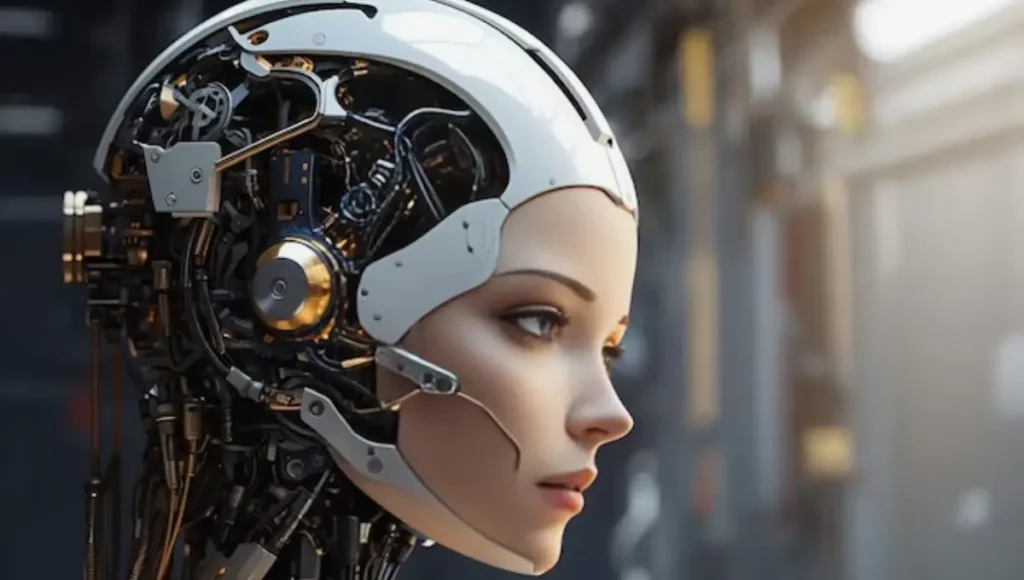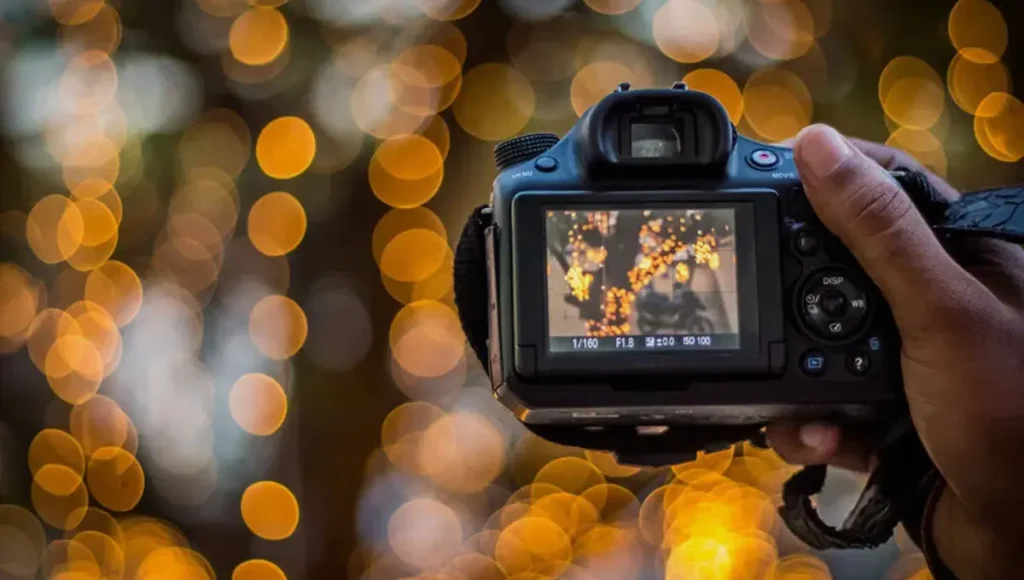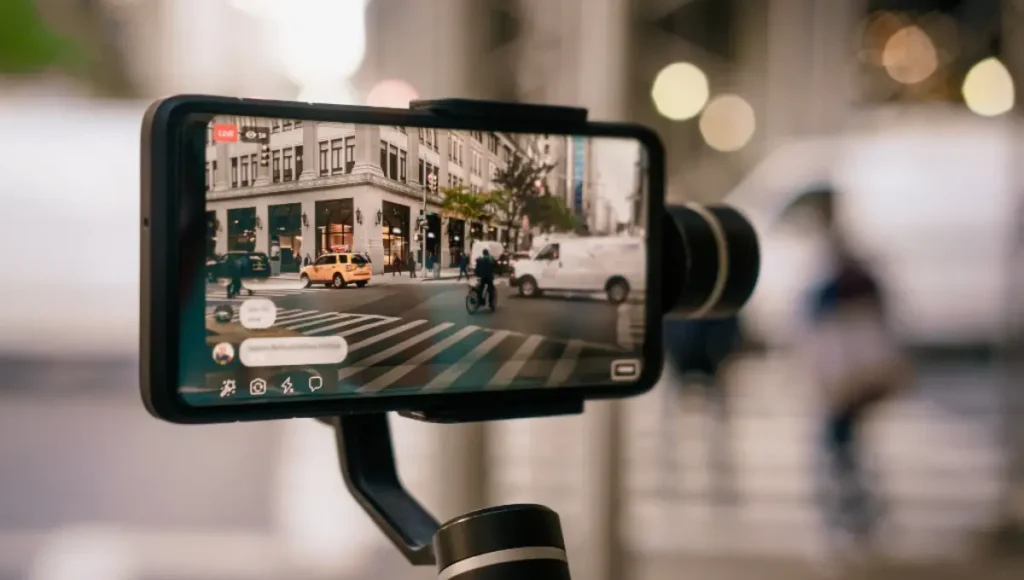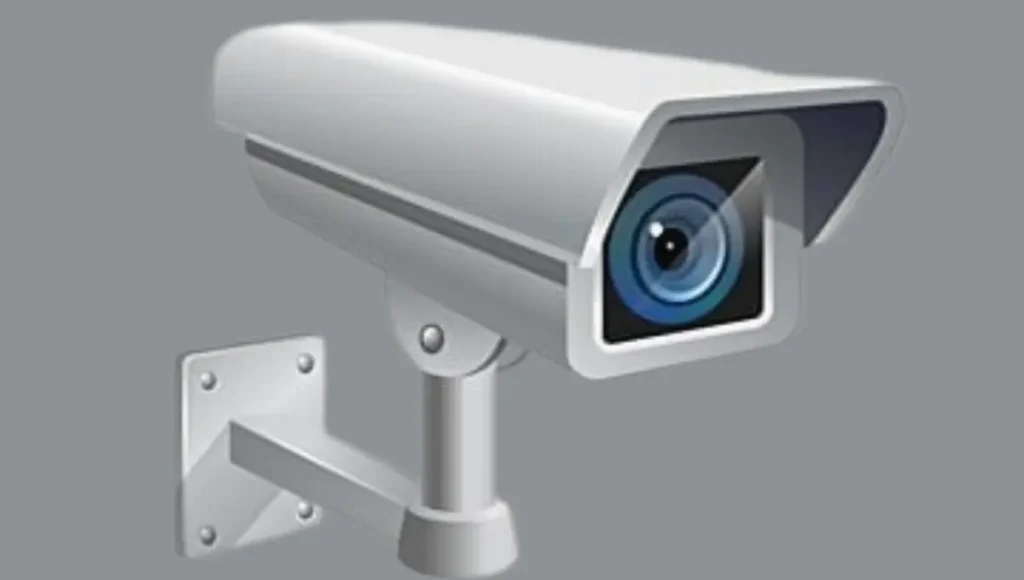What is an AI Camera? (What are its Benefits and Features)
Did you realize that your photos are automatically becoming more attractive without using lots of filters? Have you heard about AI cameras adding magical effects to your precious memories?
Check out this article to discover how AI quietly enhances your pictures, making them stunning. Moreover, you’ll learn how AI is utilized in DSLR cameras, smartphone cameras, and security cameras by reading this article.
Also Read: Get Everything about Remini _ Al photo enhancer.
A great solution to Ease your difficulty
An AI camera is a camera that utilizes artificial intelligence (AI) technology to enhance its functionality. It offers features like object detection, facial recognition, and real-time alerts.
The benefits of AI cameras include improved security, efficient monitoring, automated processes, prompt notifications, and advanced surveillance capabilities for enhanced situational awareness and effective management.
What is Artificial Intelligence?

Artificial Intelligence (AI) technology allows computers or robots to think and make decisions like humans. It involves using special programs and algorithms to enable machines to understand, learn, and solve problems. AI helps computers perform tasks that require thinking, like recognizing objects, understanding language, and making data-based decisions.
Different types of AI exist, such as machine learning, deep learning, natural language processing, and natural language understanding. Machine learning helps computers learn from data and improve their performance over time.
Deep learning uses networks of artificial neurons to process information and make sense of it. Natural language processing and understanding help computers understand and respond to human language.
AI has many applications in different fields, like healthcare, finance, transportation, and entertainment. It can help with tasks like diagnosing diseases, predicting financial trends, driving cars autonomously, and creating virtual assistants.
What is an AI camera?

An AI camera is a type of camera that incorporates artificial intelligence technology to enhance various aspects of photography and videography. It combines traditional camera functionalities with advanced algorithms and machine learning techniques.
AI cameras can automatically detect and recognize objects, scenes, and faces in real time, allowing for intelligent autofocus, automatic image enhancement, and scene optimization. These cameras can adjust settings, apply filters, and optimize image output based on the analyzed visual data.
With their ability to adapt to different shooting conditions and intelligently process images, AI cameras significantly improve image quality and user experience. They are used by professional photographers, enthusiasts, and casual users to easily and precisely capture stunning photos and videos.
Technical Specifications and Functions
Machine Learning (ML) is a part of Artificial Intelligence (AI) that helps AI cameras identify different objects. AI cameras use a special component called the Neural Processing Unit (NPU) to perform this task.
The NPU provides smartphone cameras with the necessary power and performance. It also helps Internet Service Providers automatically adjust camera settings to improve the quality of the pictures.
Thanks to ML, AI cameras can recognize and categorize different objects. For example, they can help us find pictures of our pets by using keywords.
This feature allows the cameras to distinguish objects from the background and take pictures while ignoring irrelevant details. It makes it easier to capture what we want to focus on and exclude unwanted elements from our photos.
Basic Features of an AI Camera
The AI camera encompasses the following fundamental features and impacts:
Facial Recognition Feature
AI processors can rapidly and automatically identify facial features such as hair, nose, eyes, lips, and skin. It surprised me when I could unlock my smartphone, which had facial recognition, even after shaving off my beard. This demonstrates that AI programs, fueled by extensive data, can recognize our faces even when there are changes in our appearance.
Facial recognition technology has evolved. Initially, it was primarily used to determine the focal point in a scene. However, it has become widely recognized and utilized in security cameras and other applications. By distinguishing a person from the background, facial recognition enables cameras to capture pictures while disregarding irrelevant objects or elements that may be present in the scene.
Optical Zoom Effect
In AI-powered cameras, the AI software takes precedence over physical optics, enabling a single lens to replicate the capabilities of multiple lenses. Through AI software, cameras can mimic optical zoom, allowing for close-up capture of objects without additional lenses.
Furthermore, implementing MF-HDR (Multi-Frame High Dynamic Range) algorithms enhances the camera’s ability to capture scene information. These algorithms intelligently suppress highlights and adjust lighting ratios, resulting in a broader range of visible details with enhanced colours, highlights, and shadows.
This combination of AI and software enhancements empowers cameras to deliver impressive imaging capabilities previously achievable with multiple lenses and advanced hardware.
Bokeh Effect in AI Camera

Currently, we can replicate the bokeh blur effect in an image, enhancing its visual appeal and charm, all without the necessity of a dual-lens or DSLR camera.
The AI algorithms embedded in our smartphone cameras can effectively distinguish the primary subject in a photo from the background and foreground. Subsequently, they apply a blur to the background, producing a portrait effect.
Computational Photography

Computational photography combines traditional photography with advanced algorithms. It enhances images using techniques like image stacking, noise reduction, and dynamic range expansion. This allows for improved clarity, details, and artistic effects.
Features such as portrait mode create professional-looking depth-of-field effects. Computational photography revolutionizes image capture and manipulation, enabling new creative possibilities.
It leverages the power of modern cameras and software to go beyond the limitations of conventional photography. With computational photography, we can capture stunning images that were previously unimaginable, opening up a world of visual storytelling and creative expression.
Benefits of AI Smartphone Cameras
Automated Enhancement: Our photos receive an automatic charm boost as the AI system delicately softens skin, erasing blemishes and wrinkles effortlessly.
Single-Lens Versatility: With just one lens, the fusion of physical optics and AI software allows for a dual-lens experience, replicating optical zoom seamlessly for detailed exploration of images ranging from 0.8 to 3 megapixels.
Voice-Activated Control: In AI-powered cameras with voice activation, executing commands like capturing a photo, starting a video, or engaging in low-light photography is simple and intuitive.
Optical Zoom Precision: The optical zoom feature empowers users to delve deeply into images, ranging from 0.8 to 3 megapixels, ensuring a detailed viewing experience.
Swift Adjustment: With a rapid 15-second adjustment period, the camera optimally readies itself to capture the best moments during significant happenings.
Automatic Refinement: AI algorithms, encompassing auto exposure, white balance, and autofocus, automatically fine-tune each photo’s colour, brightness, angle, and beauty mode, ensuring impeccable results.
Top Smartphones With Powerful AI Cameras
Here are some of the top smartphones known for their powerful AI camera capabilities:
1. Unveiling the iPhone 13 Pro & Pro Max Innovations
Apple’s flagship devices feature advanced AI-powered camera systems, offering enhanced computational photography capabilities, improved low-light performance, and Deep Fusion technology for exceptional image quality.
2. Samsung Galaxy S22 Ultra
The Galaxy S22 Ultra is anticipated to have a sophisticated camera setup with AI-driven features like scene optimization, night mode, and AI-based autofocus. It is expected to deliver high-resolution imaging and advanced computational photography features.
3. Unveiling iPhone 14 Pro & Pro Max Advancements
The upcoming iPhone 14 Pro series is expected to enhance AI camera capabilities further, building upon the success of its predecessors. These devices are anticipated to offer improved computational photography features, advanced image processing, and innovative camera technologies.
4. Google Pixel 7 Pro and Google Pixel 6 Pro
The Pixel series is renowned for its exceptional computational photography capabilities. These smartphones utilize Google’s AI algorithms to capture stunning photos and videos, featuring features like Night Sight, Super Res Zoom, and HDR+ Enhanced for exceptional image quality.
5. Huawei P50 Pro
Huawei’s flagship P50 Pro is expected to employ powerful AI technology to enhance its camera capabilities. With advanced AI scene recognition, Super Night Mode, and AI-powered image stabilization, it is anticipated to deliver impressive photography performance.
6. Oppo Find X5 Pro
The Oppo Find X5 Pro is expected to feature AI-driven camera capabilities, including advanced image processing and optimization features. It is anticipated to offer innovative camera technologies and software enhancements for capturing high-quality photos and videos.
What is an AI Security Camera?

An AI security camera, such as the Viewtron AI cameras offered by Anan, is a specialized network IP camera equipped with artificial intelligence software. These cameras are designed to detect various objects, including cars, bikes, trucks, human faces, and even license plates in the case of license plate recognition versions.
In the past, security cameras were limited in their capabilities, with cameras like the Lighthouse AI cameras only able to detect unfamiliar faces and respond with an alert noise. However, technological advancements transformed security cameras into familiar fixtures in public places, capable of recording and storing full-day videos for extended periods, such as a month.
Athena, in particular, has developed AI security cameras beyond object detection. They can also identify and monitor gunpoint actions. These cameras are integrated with mobile applications and connected to other security systems like doors or elevators. When a security camera detects a gunman or a threatening situation, it immediately sends a notification to the owners through a mobile app, and the doors can be automatically closed as a safety measure.
Overall, AI security cameras have become powerful tools in enhancing security measures, leveraging artificial intelligence to detect objects, monitor activities, and respond swiftly to potential threats.
What are some features of AI-powered security cameras?
AI-powered security cameras offer a range of advanced features that enhance their surveillance capabilities. Here are some prominent features of AI-powered security cameras:
Object detection: AI algorithms enable security cameras to detect and identify objects in real time. This includes recognizing people, vehicles, animals, and other relevant objects within the camera’s field of view.
Facial recognition: AI-powered cameras can analyze facial features and match them against a database of known individuals. This feature is useful for identifying persons of interest or managing access control in secure areas.
Intrusion detection: Through AI algorithms, security cameras can identify and alert users about suspicious activities or unauthorized individuals entering restricted areas. Intrusion detection can be based on predefined zones or unusual behaviour patterns.
Activity analysis: AI-powered cameras can analyze and interpret human activity, such as running, loitering, or fighting. They can generate real-time alerts to security personnel when specific activities are detected, helping to prevent potential incidents.
Abnormal behaviour detection: By learning from historical data, AI algorithms can establish normal behaviour patterns in a given environment. This allows security cameras to identify and flag abnormal behaviour, such as falling, erratic movement, or prolonged absence of activity.
License plate recognition: AI-powered cameras equipped with optical character recognition (OCR) capabilities can read and interpret license plates on vehicles. This feature is useful for parking management, traffic monitoring, or identifying vehicles involved in criminal activities.
Advanced search and filtering: AI algorithms enable security cameras to index and organize video footage based on specific criteria. Users can search for events or objects using keywords, time frames, or specific attributes, significantly reducing the time required for manual video review.
Smart tracking: AI algorithms enable security cameras to track moving objects automatically. This feature is particularly beneficial in scenarios where continuous monitoring of individuals or objects is required, such as in retail environments or large-scale events.
The Role of AI in DSLR Camera

AI technology has expanded beyond smartphone cameras and is now integrated into DSLRs like the Olympus E-MIX. This advancement brings a proactive approach to photography, as the camera can detect various objects and automatically capture shots, particularly when it detects smiles. Additionally, the AI system continuously learns and improves to eliminate red-eye effects.
The DSLR has an ND filter, similar to glasses, which reduces light density without distorting colors. This allows for longer exposure times, enabling photographers to take shots with an extended exposure time of up to 10 seconds per shot.
Furthermore, AI plays a vital role in the pro-capturing feature of the camera. It enables the camera to capture images before and after the photo is taken, providing a photography experience reminiscent of the renowned capabilities of Apple’s cameras.
Overall, the integration of AI technology into DSLRs like the Olympus E-MIX enhances the photography process by automating certain functions, improving image quality, and expanding the creative possibilities for photographers.
FAQs
Final Verdict
AI cameras use advanced algorithms to adjust camera settings based on different environments automatically. This ensures that our photos look great by getting rid of imperfections like blemishes and wrinkles through facial focus technology.
Additionally, AI technology assists security cameras in preventing dangerous situations by detecting weapons and suspicious individuals.
Also Read:







